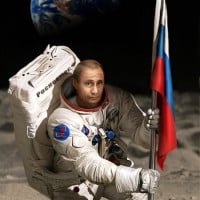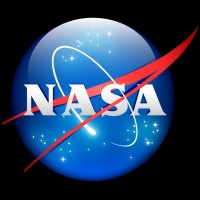Top 10 Lesser Known Facts About the Space Race
We all know about that battle for supremacy between the United States and Russia that accomplished almost nothing in terms of humbling the loser, but still is a very important event, not just for the United States and Russia, but the rest of the world as well.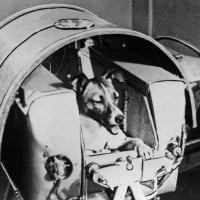
Okay, let me be clear: I'm not saying anything derogatory about Russian astronauts! I'm just including astronauts that weren't humans. If you know about the United States using monkeys as test subjects, well, our Russian counterparts used dogs, mostly because they are less intelligent than primates, more obedient and needed far less training than monkeys, so, technically speaking, yes, the first Russian astronauts were dogs.
An interesting fact: even 6 years before the flight of Laika, on August 15, 1951, the dogs Dezik and Tsygan made a successful suborbital flight with a maximum flight altitude above the Karman line (110 km). A number of other dogs made flights in the period 1951-1960.

If you were to look up "when did the Space Race begin" your answer will probably be 1955. August 2nd, 1955, if you want to be precise. Truth be told, the Space Race dates back all the way to the late 1800s! It all started with the Soviet space programme, and a Russian movement called the Cosmists, which focused on (as the title suggests) the future of the cosmos, and mankind. The Cosmists influenced a Russian scientist named Konstantin Tsiolkovsky, who was the first man to calculate that it is possible for humans to reach outer space.
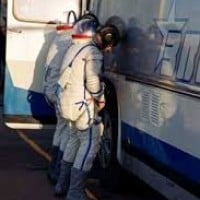
Um, yes, I am unfortunately talking human astronauts, and not dogs. Sergey Prokopyev set this trend in motion, and was the founder of it, you might say. From then on, when the bus transporting Russian astronauts in the Space Race (and possibly in present day) would stop, and male astronauts would pee on the back-right tire of the bus. And far as females go, they would do like way, but they would bring their urine in vials, to spray on the tires. Gross.
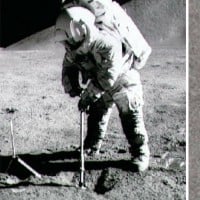
American astronaut Alan Shepard made history in the cosmos when he decided to take a few swings of the club on the Moon in part of the Apollo 14 mission, and he hit two golf balls across the surface of the moon. Space fanatics have debated for many years how far the second ball went. We now have an answer, kudos to the efforts of Andy Saunders, an image specialist. His second ball traveled about 40 yards. The first on went roughly 24 yards, if anyone cares.
Playing golf on the moon sounds fun, but I have a feeling that the moons gravity would be a disadvantage.
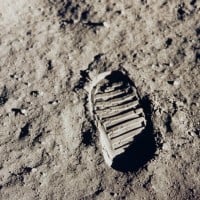
Urine gave us some pretty good lesser-known facts about the Space Race. It kind of feels like the theme. When Aldrin landed the Apollo 11 Lunar module, he landed it so softly that the mudule's legs compressed, despite not being designed to do so. The result would've been a small step from the module, if the legs didn't compress, but instead, Buzz Aldrin took a giant leap. In the shaking of that surprising leap. Aldrin's urine collection device became dysfunctional. So instead of going into the device, the urine went intk one of his boots, and that's how Buzz Aldrin's historical steps on the moon went. No wonder this is a lesser-known fact about the Space Race.

How Gus Grissom named the Gemini capsule from the mid 1960s, "Molly Brown," is a long story. His previous two-man spaceship, Liberty Bell 7 Mercury, which had sunk about 90 miles northeast of the Bahamas, in 1961. When NASA asked him to change the title for the next ship, he suggested The Titanic. NASA wouldn't go for it, considering what happened to the boat called The Titanic, so they dubbed it Molly Brown. The ship was nicknamed "The Unsinkable Mrs Brown," as she was a survivor on the Titanic who tried to convince her lifeboat to search the remnants for more survivors.
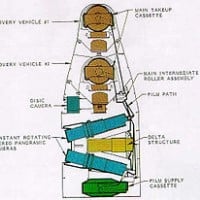
From 1960 to 1972, using a reconnaissance operation with the code name Corona, the United States regularly photographed the USSR from space. The Corona operations rivaled in how hard it was to get these photographs against the public drama of sending men to the Moon, but its whether they were considered success or not is unknown. Corona was predominantly a response to the fear of the USSR's secrets and nuclear weapons. The President of the United States and Congress had one urgent question: what were the Soviets doing behind in secrecy? Corona was our way to find some answers.
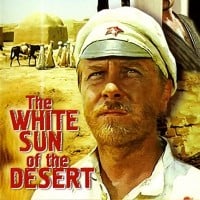
Russia has more weird traditions for astronauts than just peeing on bus tires, and one those traditions is watching a film the day before liftoff in the Cosmonaut Hotel. They've never changed the movie. It's always "White Sun of the Desert". No one is quite sure why this 1970s, Soviet-era is always watched, but it probably goes back to Soyuz 12, in 1973, when Russian astronauts Vasily Lazarev and Oleg Makarov watched the movie before their mission. This mission followed the horrendous Soyuz 11 flight two years prior, when the vessel released pressure, as the crew got ready to return Earth's atmosphere, killing all of the astronauts (three men.) Soyuz 12 proved a success, and the movie seemed to be a good luck charm. Ever since, over fifty years, the Soyuz has never lost any crew members.
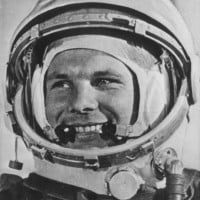
Yeah, we give the credit for first man on the moon to Neil Armstrong, but the first man to go into orbit was was Yuri Gagarin, on April 12, 1961, on the vessel "Vostok 1," also maling him the first human to travel into space, even if the destination was not as distinct as the moon. While in space, Yuri did orbit the planet, in about 89 minutes. Vostok 1 orbited Earth freely, but it was guided completely by an automatic controls. The only thing Yuri Gargin said during his time was "Flight is proceeding normally, I am well."
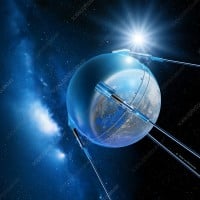
This happened on October 4, 1957. The first satellite sent into space was Sputnik 1, or just Sputnik. This accomplishment astounded and
scared the American people, who felt technologically superior to the USSR, at the time. This was the wake up call that the United States needed, if we were indeed falling behind, technologically. Americans were wondering about all the potential harm Sputnik could be to them, and with that, after President John Fitzgerald Kennedy decided that it was in his best interest to give Americans something to ensure that they were safe from the Soviets, and give the Soviets the competition from the United States of America that they usually got. Thus, the Space Race became a serious race
